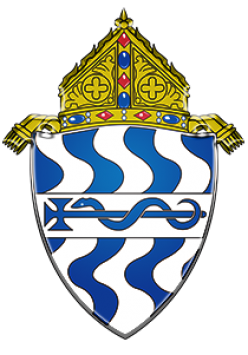Large images and video. Church websites should use large images or videos throughout their website. Imagery is important.
Current. You shouldn’t find outdated events or information.
No rotating announcements. The day of the marquee image rotator is over. And shouldn’t use rotating images to share announcements.
Images of real people. Stock photography has its purpose, and you may even notice some stock images on few websites. However, using images of real people that are part of your community and congregation is important too. *Make sure and get permission to use those images, especially of those under 18!
Clear Purpose. Each website is clear in its purpose. Who is the website trying to reach? Who’s the information targeted at?
Clear Calls-To-Action. Call-to-action buttons help get your site’s visitor to where they want or need to go quicker.
Mobile-Friendly. These websites all look great on desktop, but perhaps more importantly, they look just as good (sometimes better) on mobile devices, too. More and more website traffic is coming from tablets, cell phones, and other mobile devices.
Here are some questions to ask about your own website:
- Who is the primary audience of our church website? You can only have one primary audience.
- How easy is it for our primary audience to get the information they need?
- How well are we communicating through our website? What can we do to improve?
If you have questions about your current website or are looking to roll out a new website, Contact the Diocesan IT office for assistance. 605-988-3783 and talk with Adam Staebell or Dawn Wolf.
